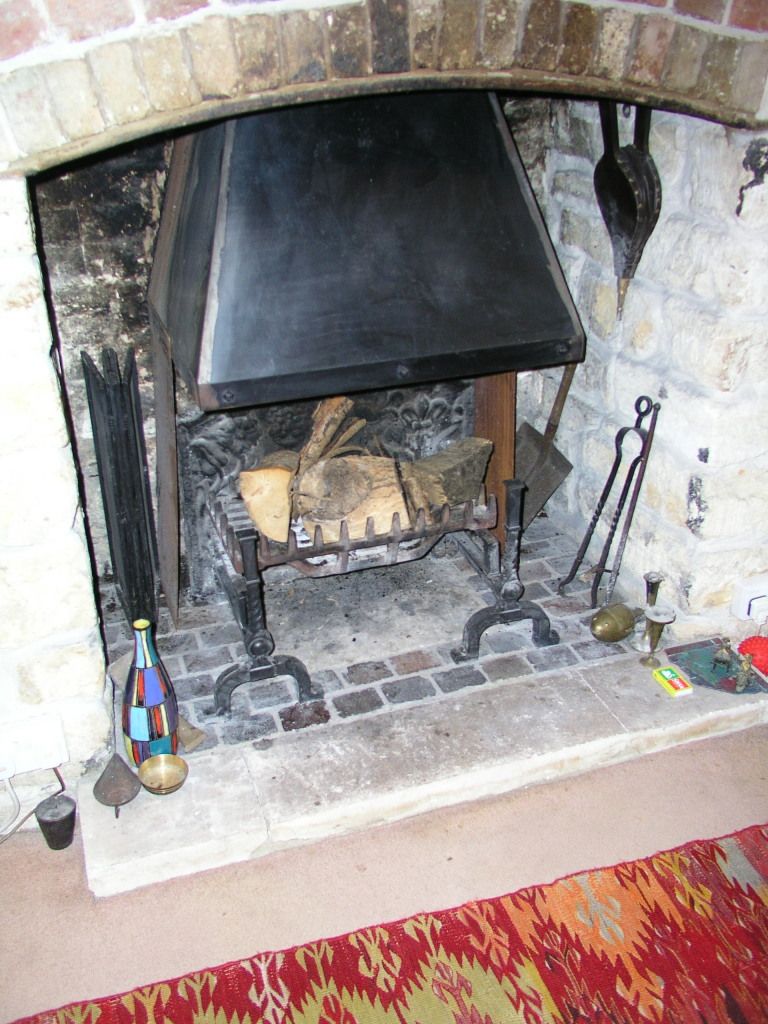88v8
Member
- Messages
- 3,129
- Location
- Glorious Gloucs
Sorry, I'm sure this must have been covered before but the Search....
Paint... tar....
The back of our smaller inglenook, for 200 years an open fire, into which we are now putting a new woodburner, has an encrusted/embedded coating of tar we can't entirely remove, interspersed with some lime repairs to the mortar. Without the fire furniture, it looks pretty awful.
The sides have some light staining but we can live with that.
The wall backs onto a lean-to, so has no exposure to rain, but inevitably there will be a modicum of 'rising damp', even though there is nothing visible.
I have decided to whiten the back of the inglenook, leaving the sides alone. Ideally, the paint will be breathable - I have some clay paint I used elsewhere in the house - but I need to seal the tar or it will bleed through. Perhaps bleeding and sealing are incompatible.
Can anyone kindly recommend a product for the sealing?
Ivor

Paint... tar....
The back of our smaller inglenook, for 200 years an open fire, into which we are now putting a new woodburner, has an encrusted/embedded coating of tar we can't entirely remove, interspersed with some lime repairs to the mortar. Without the fire furniture, it looks pretty awful.
The sides have some light staining but we can live with that.
The wall backs onto a lean-to, so has no exposure to rain, but inevitably there will be a modicum of 'rising damp', even though there is nothing visible.
I have decided to whiten the back of the inglenook, leaving the sides alone. Ideally, the paint will be breathable - I have some clay paint I used elsewhere in the house - but I need to seal the tar or it will bleed through. Perhaps bleeding and sealing are incompatible.
Can anyone kindly recommend a product for the sealing?
Ivor

